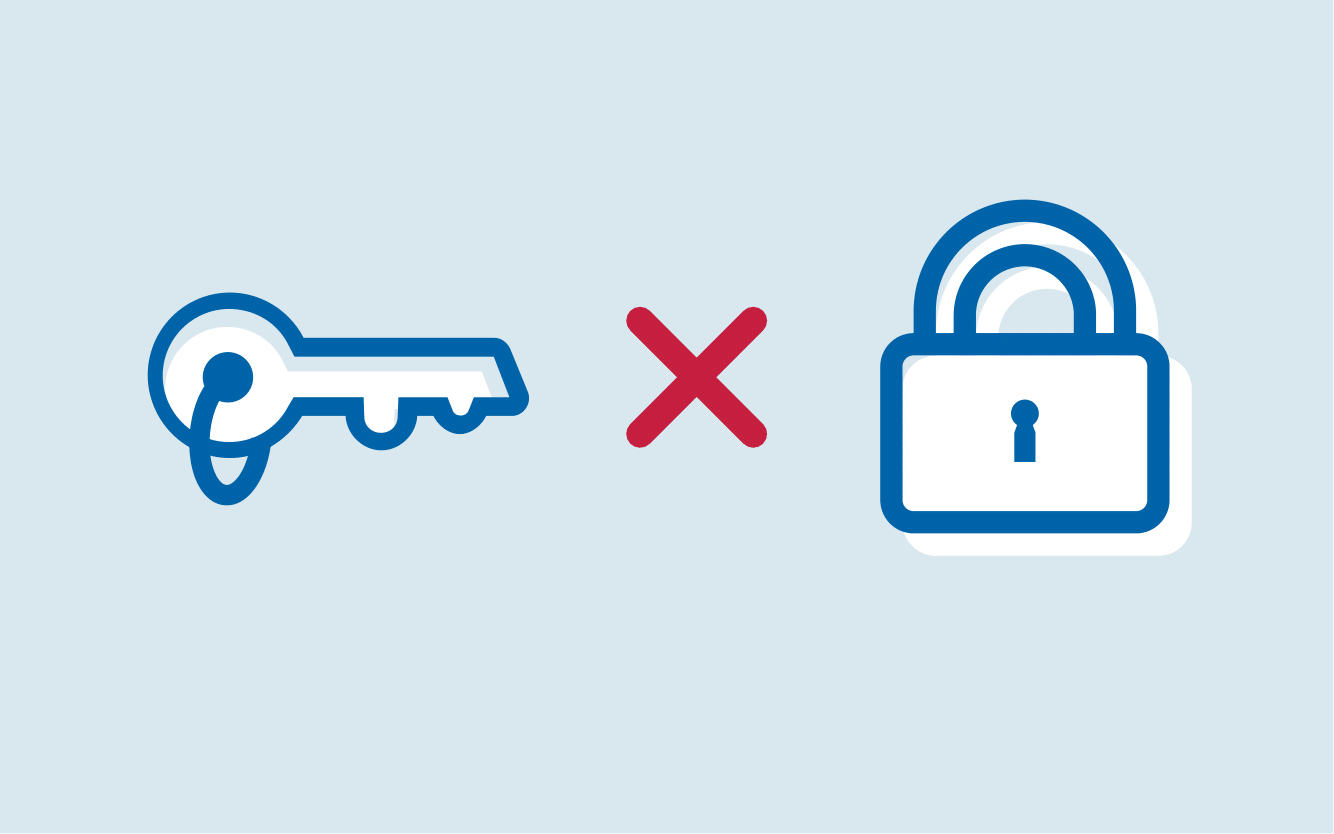

The aim of lymphoma therapy is to get rid of the lymphoma or control its growth.1 Radiotherapy usually works directly on the tumour – known as a local treatment – meaning that it only affects the parts of the body being treated.2 Chemotherapy, on the other hand, works systemically (throughout the body) and can therefore also attack cancer cells that have spread. However, it is usually associated with significant side effects because it also attacks healthy cells.3,4
Targeted therapies are specifically designed to attack proteins on cancer cells and thereby help stop growth or proliferation of cancer cells. There are many different types of targeted therapy with different targets, for example, receptors on the surface of cancer cells, messenger substances that are important for the growth of the cancer cell or signalling molecules within the cancer cell.5

Cells have a type of protein on the outside called receptors – these receptors allow the cell to interact with the body’s environment around it by binding to a signalling molecule. Only certain signalling molecules fit into certain receptors – just as only one key fits into a specific lock. When a signalling molecule binds to a receptor, a signal is transmitted in the cell.6
Depending on the molecule, this signal could be for a range of different functions including, for example, for the cell to divide.6,7 In normal, healthy cells, this happens in a controlled manner, in cancerous cells, cell division happens too frequently, causing tumour to develop.7 To inhibit this uncontrolled growth, targeted therapies intervene in this mechanism.5
Targeted therapies can address the following issues:5,9
The aim of the therapy is to directly stop the uncontrolled cell growth.
When cell division gets out of control
There are many different types of receptors and messengers with different functions. Cell division is one example of this. Cancer cells usually receive the signal to divide in an uncontrolled manner.5 This can happen via a growth factor receptor. Although they also occur in healthy cells, the number of them in cancer cells can be and is one of the reasons why cancer cells divide more frequently and more quickly. Other reasons can be disrupted signalling pathways within the cell, which also lead to cancer cells dividing more often than healthy cells. Growth factor receptors and their signalling pathways are therefore of particular interest in cancer therapy, as they influence cell division.9,10

Targeted therapies can only work if the respective target structure is present in the cancer cells and as such, you will usually receive a test to find out if the tumour contains a target.8
There are lots of different types of targeted therapies that can be used at different times. Depending on the type of lymphoma you have, you may receive it as the first treatment or if your lymphoma comes back or continues to grow after your first treatment.5,11
Targeted drugs can be given as an infusion, as a tablet or as an injection under the skin (subcutaneously).8,12 Targeted drugs are also used in combination with chemotherapy (see also immunochemotherapy) or radiotherapy.5,8
Targeted drugs – unlike chemotherapy, for example – mainly attack cancer cells, but can also affect healthy cells, which means that side effects can occur during treatment. The side effects experienced vary depending on which drug is used for the therapy. Some common side effects can include itchy skin and changes to hair and nails. Gastrointestinal problems such as diarrhoea, problems with blood clotting and high blood pressure as well as liver problems can also occur.8
*This is an overview of side effects only. Please refer to the package insert for the relevant medicines for specific details.
References: